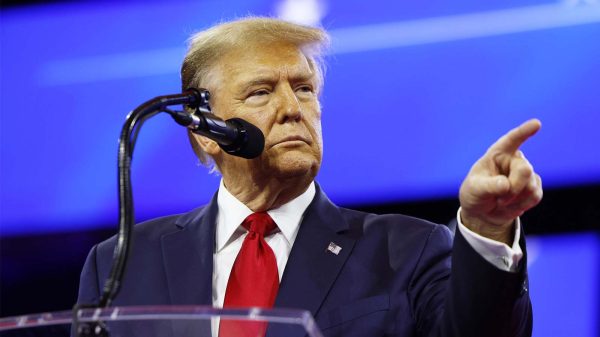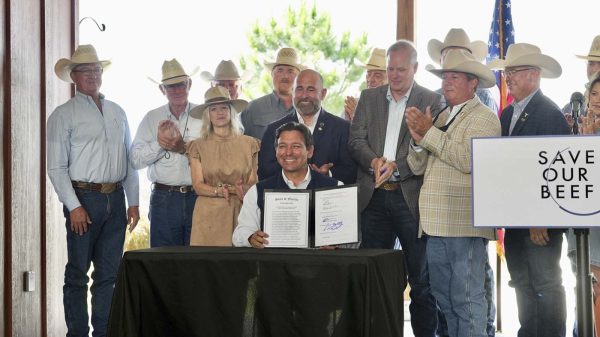It was on this day in 1964 that a joint session of Congress approved the Gulf of Tonkin Resolution, an act that led to the Vietnam War’s escalation and the eventual passage of another measure seeking to curb presidential powers.
The incident between the USS Maddox and several North Vietnamese torpedo boats remains hazy today. On August 4, 1964, President Lyndon Johnson told a national audience that the North Vietnamese had engaged the U.S. Navy in the Gulf of Tonkin. He then asked Congress to approve retaliatory attacks on North Vietnam.
“After consultation with the leaders of both parties in the Congress, I further announced a decision to ask the Congress for a resolution expressing the unity and determination of the United States in supporting freedom and in protecting peace in southeast Asia,” Johnson said the next day.
“As I have repeatedly made clear, the United States intends no rashness, and seeks no wider war. We must make it clear to all that the United States is united in its determination to bring about the end of Communist subversion and aggression in the area,” Johnson added.
On August 7, 1964, Congress approved a resolution that soon became the legal rationalization for the Vietnam War.
“Congress approves and supports the determination of the President, as Commander in Chief, to take all necessary measures to repel any armed attack against the forces of the United States and to prevent further aggression,” the resolution read.
Like in the Korean conflict, United States military forces became engaged in the Vietnam War without a formal war declaration. (The United States military involvement in Korea came as part of a United Nations effort.)
In the Constitution, Article I, Section 8, says that Congress has the power to declare war and raise and fund the Armed Forces, but Article II, Section 2, names the President as the Commander in Chief.
The last time Congress formally used its War Declaration power was during World War II when it approved declarations against Japan (on December 8, 1941), Germany and Italy (on December 11, 1941) and against Bulgaria, Hungary and Rumania (on June 4, 1942).
In January 1971, Congress repealed the Gulf of Tonkin resolution as popular opinion grew against a continued U.S. military involvement in Vietnam.
Since Vietnam, United States military actions have taken place as part of United Nations’ actions, in the context of joint congressional resolutions, or within the confines of the War Powers Resolution (also known as the War Powers Act) that was passed in 1973, over the objections (and veto) of President Richard Nixon.
The War Powers Resolution came as a direct reaction to the Gulf of Tonkin Resolution, as Congress sought to avoid another military conflict where it had little input.
At the time, President Richard Nixon believed that War Powers Resolution was illegal, and it was “unconstitutional and dangerous.”
The War Powers Resolution allows a President to use U.S. forces in combat in the event of “a national emergency created by attack upon the United States, its territories or possessions, or its armed forces.” But the President also needs to report to Congress within 48 hours of such a military action, and Congress has 60 days to approve or reject it.












